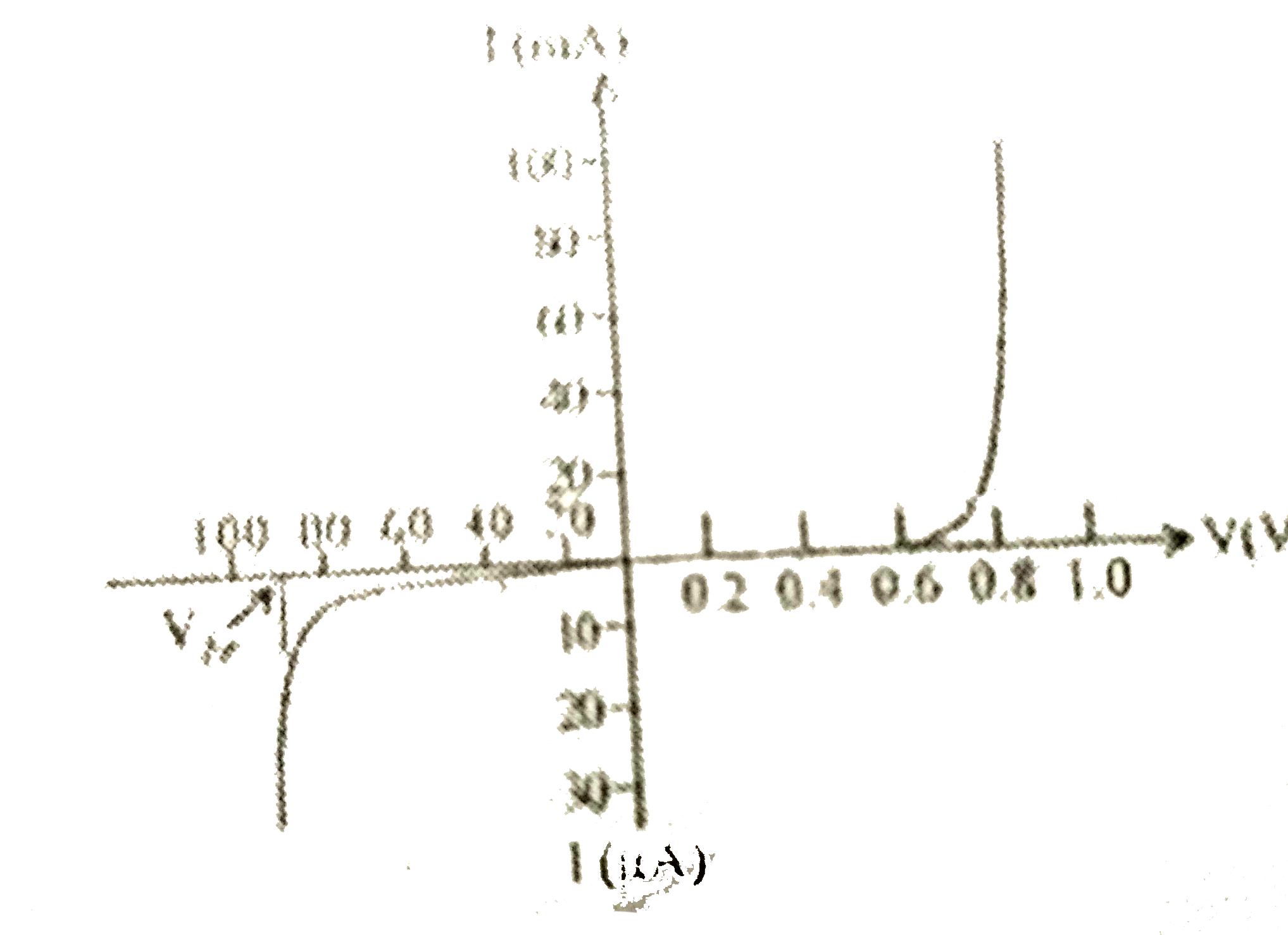Given below shows some characteristics of a phylum .Identify the phylum .
(i) Tissues are absent (ii) Internal fertilization (iii) indirect development (iv) Canal system
Cnidaria
Porifera
platyhelminthes
Ctenophora
The correct Answer is:B
To identify the phylum based on the given characteristics, we will analyze each characteristic step by step.
1. Analyze the First Characteristic: Tissues are absent
- This indicates that the organism has a cellular grade of organization rather than a tissue grade. In the animal kingdom, this is a characteristic of simpler organisms.
2. Analyze the Second Characteristic: Internal fertilization
- Internal fertilization means that fertilization occurs inside the body of the organism. This is a common feature in many animal phyla, but it is particularly noted in certain groups.
3. Analyze the Third Characteristic: Indirect development
- Indirect development refers to a life cycle that includes a larval stage, which is different from the adult form. This is seen in various aquatic organisms.
4. Analyze the Fourth Characteristic: Canal system
- The presence of a canal system is a distinctive feature of certain organisms that allows them to filter feed and perform other functions. This is a key characteristic of the phylum we are trying to identify.
5. Identify the Phylum:
- Given the characteristics analyzed:
- Tissues are absent (cellular organization)
- Internal fertilization
- Indirect development
- Canal system
- The phylum that matches all these characteristics is Porifera (commonly known as sponges). The term "Porifera" means "pore-bearers," which aligns with the presence of a canal system.
Conclusion:
The phylum identified based on the given characteristics is Porifera.
---
- This indicates that the organism has a cellular grade of organization rather than a tissue grade. In the animal kingdom, this is a characteristic of simpler organisms.
- Internal fertilization means that fertilization occurs inside the body of the organism. This is a common feature in many animal phyla, but it is particularly noted in certain groups.
- Indirect development refers to a life cycle that includes a larval stage, which is different from the adult form. This is seen in various aquatic organisms.
- The presence of a canal system is a distinctive feature of certain organisms that allows them to filter feed and perform other functions. This is a key characteristic of the phylum we are trying to identify.
- Given the characteristics analyzed:
- Tissues are absent (cellular organization)
- Internal fertilization
- Indirect development
- Canal system
- The phylum that matches all these characteristics is Porifera (commonly known as sponges). The term "Porifera" means "pore-bearers," which aligns with the presence of a canal system.
The phylum identified based on the given characteristics is Porifera.
Topper's Solved these Questions
- BOOK - AAKASH SERIESCHAPTER - ANIMAL KINGDOM EXERCISE - EXERCISE -II (CHORDATA - GENERAL CHARACTERS AND OUTLINE CLASSIFICATION)13videos
ANIMAL KINGDOM
- BOOK - AAKASH SERIESCHAPTER - ANIMAL KINGDOM EXERCISE - EXERCISE -II (PISCES)14videos
ANIMAL KINGDOM
- BOOK - AAKASH SERIESCHAPTER - ANIMAL KINGDOM EXERCISE - EXERCISE -II (HEMICHORDATA)3videos
ANIMAL KINGDOM
- BOOK - AAKASH SERIESCHAPTER - BIODIVERSITY AND CONSERVATIONEXERCISE - EXERCISE-II India - A major Source of Biodiversity and its Preservation2videos
BIODIVERSITY AND CONSERVATION
Similar Questions
The statements given below shows some characteristics of a phylum. Identify it.
(i) Tissue absent (ii) Internal fertilisation
(iii) Developments is indirect
(iv) Spongocelate with ostia (many) and single osculum and cancal system
(v) Sexes are hermaphrodite.View SolutionGiven below are the general characters of a phylum .Identify the phulum .
(i) Extracellular and intracellular digestion
(ii) Tissue level of organization
(iii) Indirect development (iv) No asexual reproductionView Solution
Knowledge Check
- Question 1 - Select One
Given below is a list of few sexually tranmitted infections. Identify the deseases caused by bacteria among these
(i) Gonorrhoea
(ii) Giardiasis
(iii) Trichomoniasis
(iv) Chancroid
(v) SyphilisA(i) and (ii)B(i),(iv) and (v)C(iii) and (v)D(ii), (iii) and (iv) - Question 2 - Select One
Which two of the below given points are known as the twin characteristics growth ?
(i) Increase in mass
(ii) Increase in number of individuals
(iii) Cellular organisation
(iv) Cellular differentiationA(i) and (ii)B(i) nad (iii)C(ii) and (iii)D(iii) and (iv) - Question 3 - Select One
The given figure shows a section of brain. Identify the parts labelled as A,B,C and D and match them with the names (i-vii) given below.
(i)Arachnoid membrane , (ii)Subdural space , (iii)Duramater , (iv)Bone , (v)White matter , (vi)Grey matter , (vii)Piamater
 AABCD(iii)(ii)(vi)(v)BABCD(i)(ii)(iii)(vi)CABCD(iii)(i)(vii)(vi)DABCD(iv)(vii)(i)(ii)
AABCD(iii)(ii)(vi)(v)BABCD(i)(ii)(iii)(vi)CABCD(iii)(i)(vii)(vi)DABCD(iv)(vii)(i)(ii)
The characters given below are shown by
(i) Extracellular and intracellular digestion
(ii) Exclusively marine, radially symmetrical, diploblastic, tissue level of organisation
(iii) Bisexual, fertilisation external and indirect development
(iv) No asexual reproduction
(v) Presence of comb platesView SolutionThe figure below shows the V-I characteristic of a semiconductor diode.
(i ) Identify the semiconductor diode used.
(ii) Draw the circuit diagram to obtain the given characteristic of this device.
(ii) Briefly explain how this diode can be used as a voltage regulator.
 View Solution
View SolutionRead the statements regerding echinoderms and choose th correct option (i) All are marine with organ system level of organisation (ii) Adults are bilaterally symmetrical (iii) They are dioecious (iv) Fertilization is internal an indirect development is observed (v)Triploblastic and acoelomate animals
View SolutionGiven below is the diagrammatic sketch of a connective tissue . Identify the correct statement/s in relation to it :

(i) it possesses a hard and non-flexible matrix.
(ii) Matrix is filled with yellow elastin fibre .
(iii) specialized cell related to this tissue are
(iv) Repair capabilities are high.View SolutionIdentify the type of transport labelled (i), (ii) and (iii) in the diagram given below:
 View Solution
View Solution
